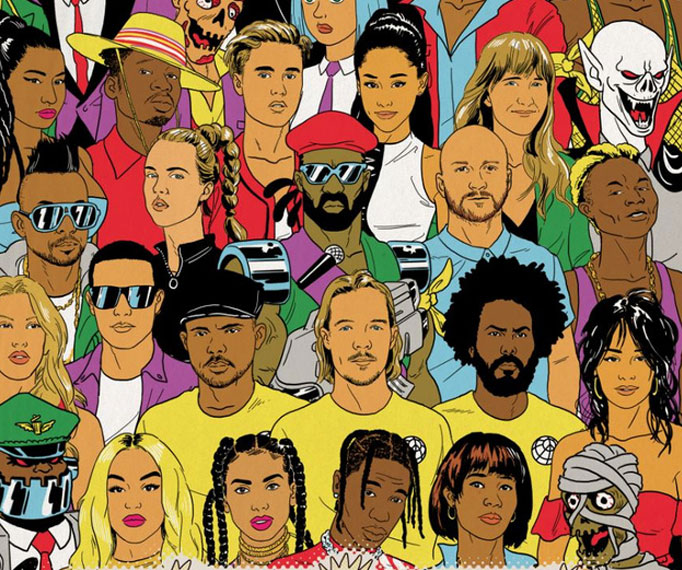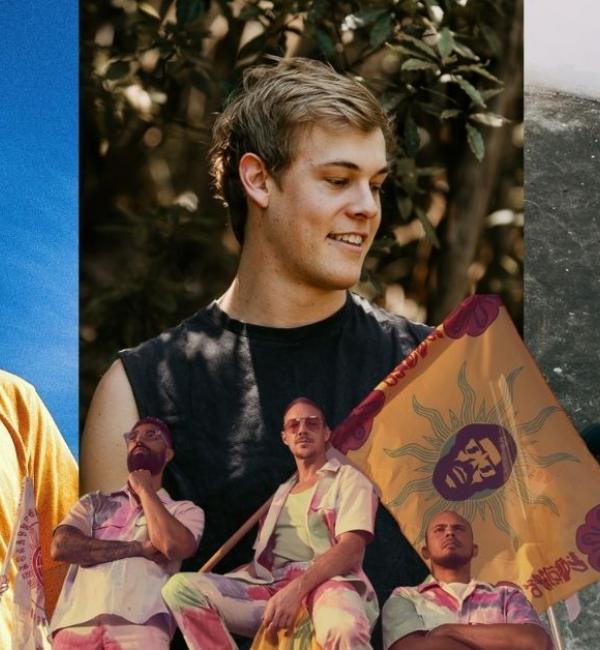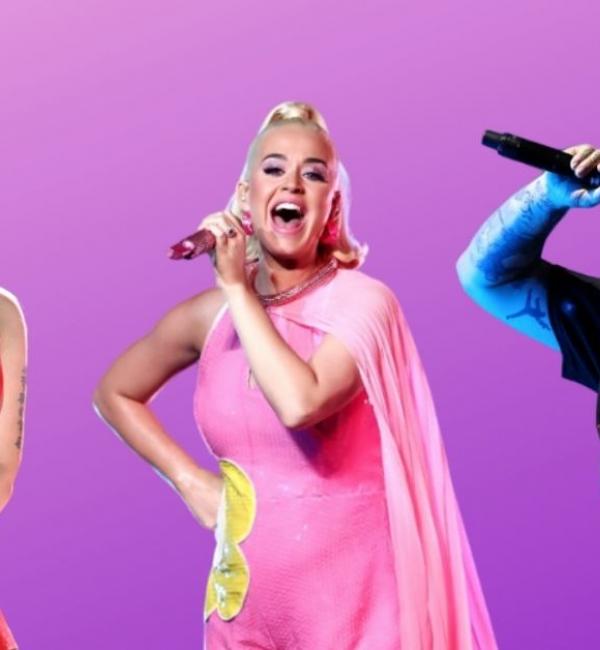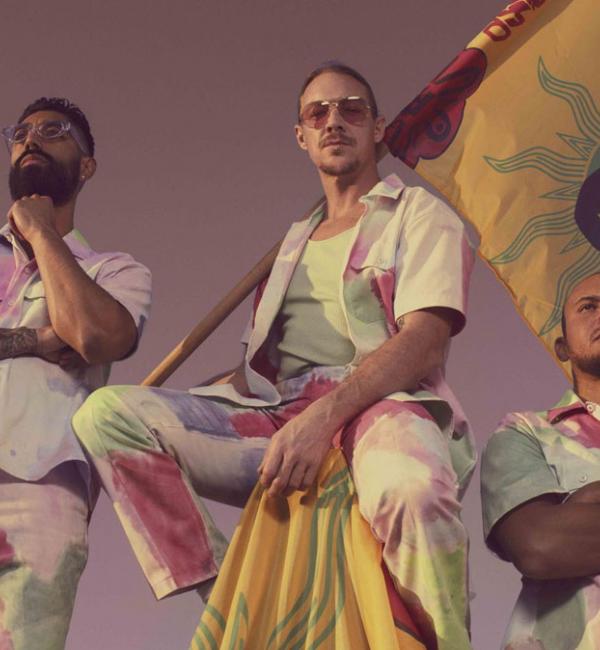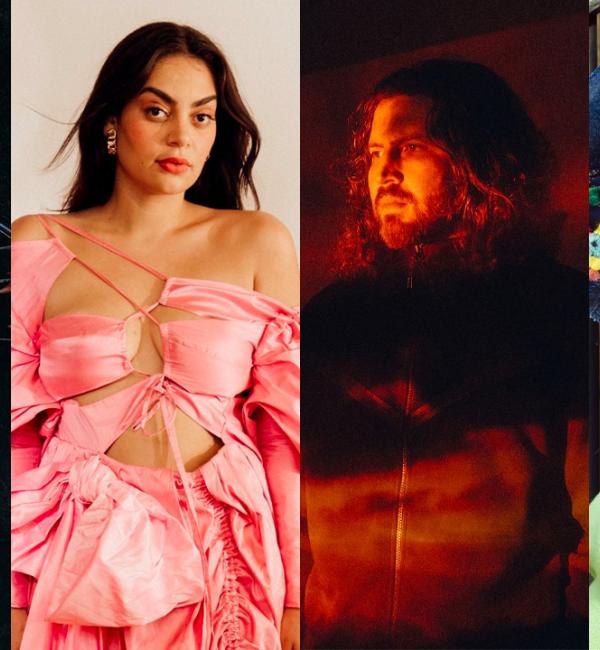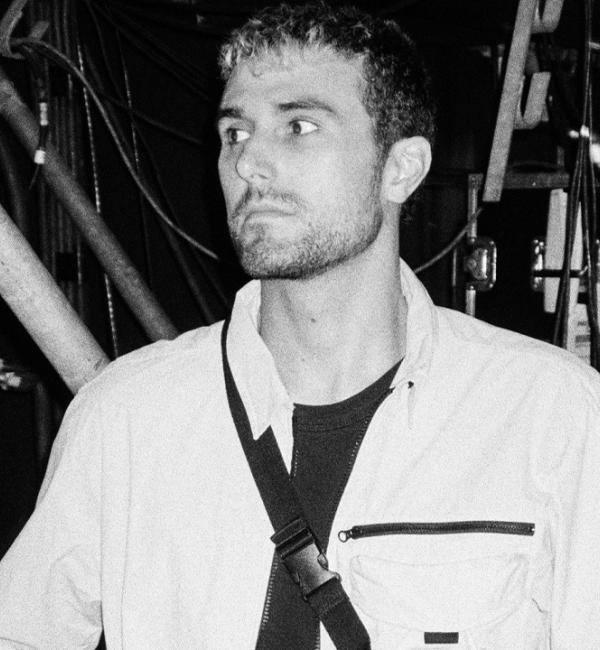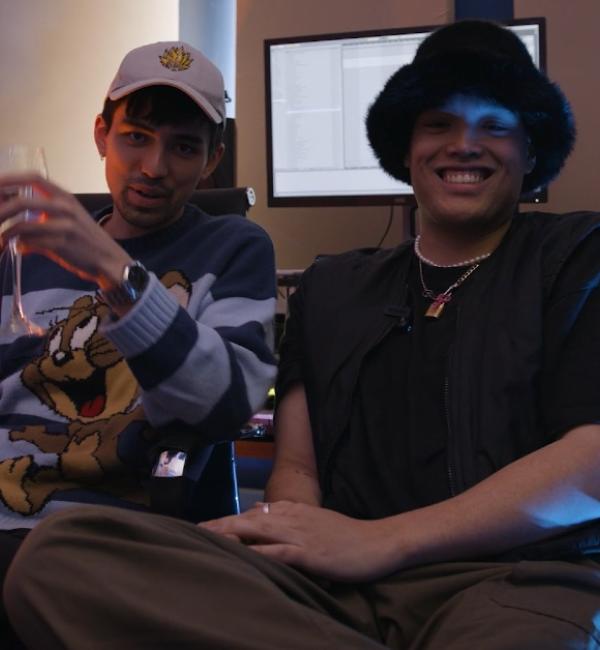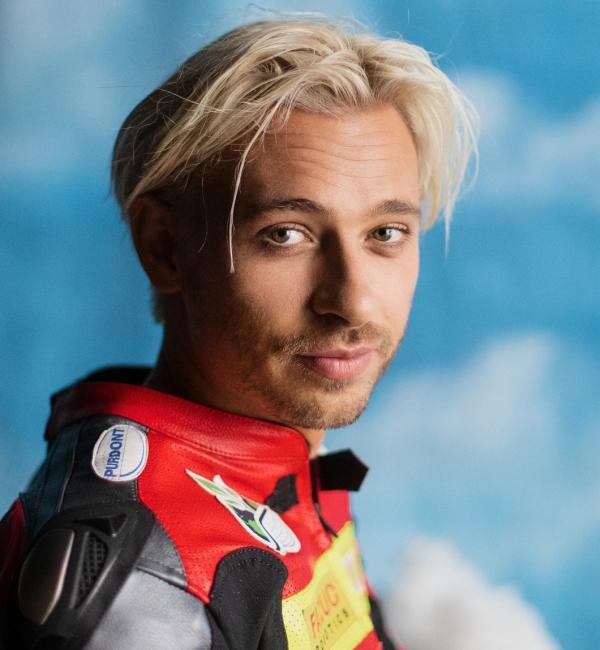
Major Lazer are one of the most influential electronic acts of all time. That's a big claim to make but it's easy to justify when it comes to the genre-blending, party-starting trio who have lasted almost a decade in the industry.
The Diplo-fronted group, which once featured Switch and now includes Jillionaire and Walshy Fire, has seen popular genres come and go. They survived the peak of EDM, embraced hip-hop's popularity and helped bring sounds from all around the world to some of the biggest stages on the planet.
Major Lazer burst onto the scene in 2009 with their debut studio album Guns Don't Kill People...Lazers Do. Largely inspired by Jamaican dancehall, it featured hyped names like Santigold as well as Jamaican locals like Vybz Kartel. Years earlier, Diplo had brought world sounds to the mainstream with M.I.A. on Arular but what Major Lazer were making wasn't mainstream. Dance music was colliding more and more with pop and that year Grammy nominees for Best Electronic/Dance Album included Moby, Kylie Minogue, Daft Punk and Robyn. The next year David Guetta and LMFAO infiltrated.
Diplo and Switch were making a name for Major Lazer on the festival scene, bringing the biggest party in dance music to festivals like Coachella and Australia's own Falls Festival. Major Lazer were bringing an underground sound to huge audiences without compromising.
"We just want to make a new audience, for the kids that want to hear new things, new ideas," Diplo said in an interview with The Fader in 2009.
With his label Mad Decent, Diplo was throwing wild parties in the late '00s with and without Major Lazer. They would give out pizzas, have dancing hot dogs dancing on stage and fly flags. As much as he was about making weird music, he was also intent on giving crowds an electric, wild atmosphere. Diplo saw dancehall as the new "punk rock" and as such there was a chaotic nature to both their music and their shows.
Over 2009, 2010 and 2011, it was near impossible to go out to a club without hearing the militant beat of Pon De Floor rattle the speakers. At the beginning it sounded like nothing else in the club, until the others caught on. In 2011, Beyoncé sampled the beat for her feminist anthem Run The World (Girls) catapulting the sound into the mainstream. Even with Beyonce’s starpower, it was still too weird for the mainstream. The single limped into the top 30 in the US becoming Bey’s least successful lead single off an album ever. Seven years later, the song still sounds fresh and is a staple of Bey’s live show.
Over the next few years, Major Lazer continued to gain momentum with a free mixtape with La Roux, an EP Lazers Never Die and remix mixtapes. All the while, they were playing huge EDM festivals like Ultra on lineups that included EDM heavyweights Tiesto, Deadmau5 and Armin Van Burren.
Switch left in 2011 and was replaced with Jillionaire and Walshy Fire. With plenty of hype, they could've reached for radio with big pop cuts but their second album Free The Universe was as distinctly individual as the first. Retaining the dancehall sound, they also dug into the indie rock pool and plucked out Dirty Projector's Amber Coffman and Vampire Weekend's Ezra Koenig for the record. Get Free with Coffman is still one of the waviest dance songs of all time, moving at a glacial pace compared to all the other electronic songs of the time. On the flip side of that, there were chaotic, horn-driven tracks like Watch Out For This (Bumaye) and the frantic Bubble Butt with Bruno Mars, their first song to chart in the US.
That same year, Bauuer went to number one around the world with Harlem Shake, a viral hit released on Diplo's label Mad Decent. The sound was infiltrating the mainstream whether they wanted it to or not and the Major Lazer sound was suddenly recognisable to even the most guarded music fans.
"You go see a dance stage at a fucking dance festival and I'm bored out of my fucking mind," Diplo told Huffpost around the release of the second album.
"That's not going to last very much longer, because kids see that it's the same shit every single time."
EDM was at its peak at the time and while it would be a few more years yet until Calvin Harris headlined Coachella, Diplo was right. It's Major Lazer that are still on the biggest stages around the world while EDM's mainstream appeal continues to diminish. They let the world catch up with their sound rather than chasing what was popular around the globe.
Nowadays, the Major Lazer sound has been and is still all over the radio. It's hard to imagine Justin Bieber's Sorry or even Drake's One Dance existing on a mainstream level without Major Lazer paving the way before it. 2015's Lean On with Mø and DJ Snake almost sounds unoriginal now with the hindsight of what’s flooded radio since but at the time of release it was individual. That chopped and screwed beat was unfamiliar to the mainstream until Diplo and co. made it the norm.
2015’s Peace Is The Mission saw Major Lazer as one of the biggest, if not the biggest, dance acts in the planet still experimenting and making music on their own terms. They were still collaborating with Jamaican locals and operating in dancehall and moombahton, it’s just the rest of the world were now listening and copying.
Lean On is still to this day one of the most streamed songs of all time and that, as well as Diplo’s own production work, opened access to some of the biggest artists in the world. Instead of emulating Lean On time and time again with big pop artists, they have continued to innovate.
In the years since, they’ve got Justin Bieber on a dancehall beat (Cold Water), coerced Travis Scott to rap on one of his first dance beats (Know No Better) and melded the unlikely trio of Dua Lipa, Wale and Wizkid (My Love).
While surviving EDM producers like Zedd and David Guetta are chugging on with big name collaborations, Major Lazer have taken another surprising turn. Inspired by recent trips to Africa, the trio rolled out an Afrobeats mix featuring everyone from Nigerian vocalist DaVido to Banku pioneer Mr Eazi. A fourth Major Lazer album is said to be on the way but in the meantime they are still throwing the wildest parties all around the world. Many said the internet was going to make music more global in sound but Major Lazer are truly one of the only acts pulling inspiration from all around the world and throwing it into one pot.
Major Lazer's new song Que Calor featuring J Balvin and El Alfa is out now.
